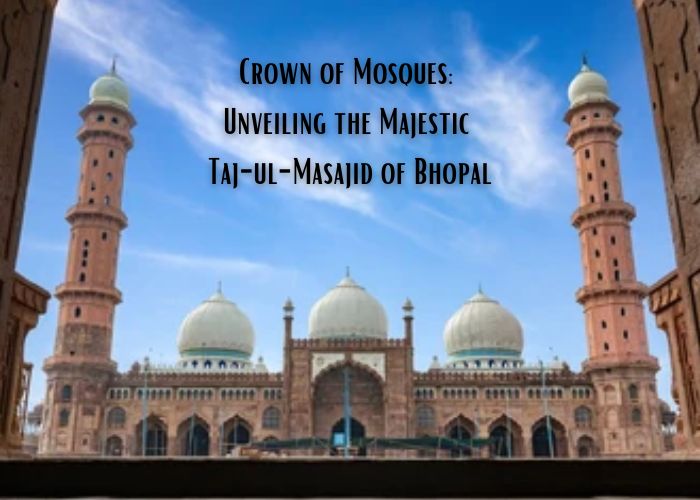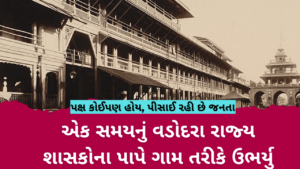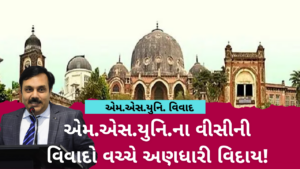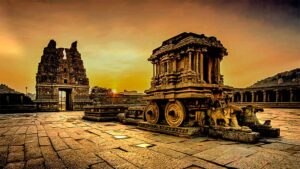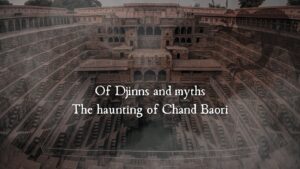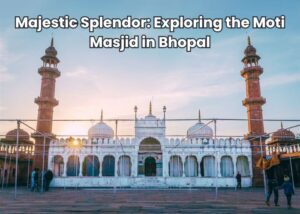– An article written by Shivani Gadre
Amidst the bustling avenues of Bhopal, Madhya Pradesh, stands a majestic testament to faith and architectural brilliance – the Taj-ul-Masajid. Translated as “Crown of Mosques,” this colossal structure isn’t just a place of worship; it’s a symphony of history, artistry, and sheer grandeur, holding the prestigious title of India’s largest mosque and the world’s second-largest, a crown it wears with captivating charm.
The story of Taj-ul-Masajid is interwoven with the legacy of two remarkable women: Nawab Shah Jahan Begum and her daughter, Sultan Jahan Begum. In 1871, amidst the newly built walled city of Shahjahanabad, Nawab Shah Jahan Begum envisioned a mosque that would surpass all others. The project, however, was monumental, encompassing not just the mosque itself but the creation of three serene water bodies – Munshi Hussain Talab, Noor Mahal Talab, and Motia Talab – to reflect its ethereal beauty.
Tragically, the Begum passed away in 1901 before the completion of her dream. But her daughter, Sultan Jahan Begum, with unwavering dedication, took the reins and steered the project to fruition. Construction continued for decades, employing thousands of skilled artisans who poured their hearts into shaping the vision. In 1985, after over a century, the Taj-ul-Masajid finally stood in all its magnificence, a testament to the unwavering spirit of both Begums and the dedication of countless individuals.
Standing tall on a sprawling 40-acre campus, the mosque’s sheer scale is awe-inspiring. Its pink sandstone facade, reminiscent of Mughal architecture, exudes an aura of regal elegance. Three imposing domes, adorned with intricate geometric patterns, rise towards the sky, their silhouette etched against the vibrant canvas of Bhopal’s sunset. Two massive gateways, each embellished with delicate stonework, grant entry to the courtyard, a vast expanse paved with red sandstone polished to a mirror-like sheen.
Stepping into the courtyard is like stepping into a realm of serene tranquility. The soft murmur of prayers mingles with the gentle splash of fountains, creating a symphony of spiritual harmony. In the center lies the ablution house, a marvel of geometric precision with 22 arched gateways leading to basins for ritual cleansing. Lush green gardens add a touch of vibrancy, while intricately carved jali screens cast mesmerizing patterns of light and shadow.
The heart of the mosque lies in the prayer hall, an expansive space that can accommodate over 25,000 worshippers. The hall is a breathtaking showcase of architectural mastery. Rows of towering pink sandstone pillars, each crowned with intricately carved capitals, stretch as far as the eye can see. The ceiling, a mesmerizing tapestry of geometric patterns, is adorned with chandeliers that glitter like constellations under the soft glow of daylight filtering through arched windows. In the center, the mihrab, the focal point of prayer, is a dazzling mosaic of colored stones, its delicate arches framing the sacred niche.
Beyond its architectural splendor, the Taj-ul-Masajid serves as a vibrant center of learning and community. The Darul Uloom, a renowned Islamic seminary housed within the complex, imparts knowledge to eager students, ensuring the continuity of religious scholarship. The mosque also plays a vital role in Bhopal’s social fabric, hosting festivals, charitable events, and interfaith dialogues, fostering a spirit of inclusivity and harmony.
As dusk settles and the mosque bathes in the warm glow of amber light, its imposing silhouette against the darkening sky takes on an ethereal beauty. The echoes of prayers mingle with the chirping of nightingales, creating a symphony of devotion and serenity. Standing at the foot of this majestic edifice, one can’t help but be humbled by its scale, awed by its artistry, and touched by its spirit of inclusion. The Taj-ul-Masajid is more than just a mosque; it’s a symbol of Bhopal’s rich heritage, a testament to the unwavering human spirit, and a mesmerizing ode to faith and architectural brilliance. For any visitor to Bhopal, a journey to the Crown of Mosques is an experience etched forever in memory, a glimpse into the soul of a city where faith resonates in every breath, every stone, and every echo.

